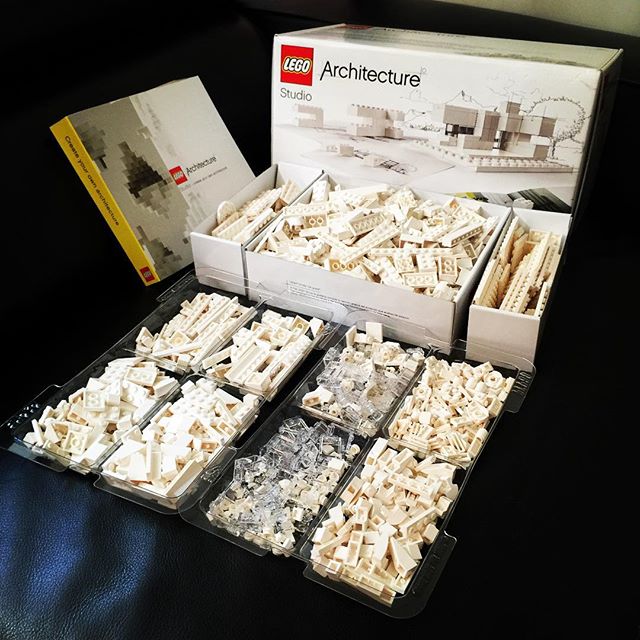That Thing You (Forget to) Do Part 1: Product Development
How Start-ups build & develop products
Everyone thinks that a start-up is just about building one product. But it is more than that. Founders of a company cannot just build a product and expect people to use it. The entire theme of the article is to focus on what things most people tend to forget to do in their start-up. The entire product process requires three intersecting themes: development, management and marketing. These three aspects will involve both the business and engineering co-founders and employees, and how teams scale up depends on how they communicate between themselves and execute to the timeline to the day of the product launch.
Product development is only one part of the product cycle. That’s the part I will focus on this article. Managing the product from feedback of users and marketing the product are also tied to build up the start-up as a sustainable business but we will talk about that later. How shall a team of co-founders start in their product development cycle? The answer is a product roadmap from the very start with a clear vision and mission of the company in how it solves the one important problem from the user.
The team should not build immediately, but instead formulate a plan where the three aspects are stacked together in a simple operating plan with the timeline and milestones properly defined for the entire team. Everyone signs on with the plan and then execution.
The problem with most people in Asia is that they avoid the question, “Why are we doing this?” Hence having a vision and mission for the product will enforce the founders of the company to come up with a plan. Planning without Execution is a pipe dream. Execution without Planning is waste of effort & time.. Looking at the aspect of product development, I believe that the agile development strategy is ideal for start-ups with two to four members.
Hence I have broken down into three important pieces that sums up on how the start-up can build the product with resource constraints but achieve the maximum impact such that they can test the product with customers and iterate upon the feedback:
1. Feature building (Engineering and Design): Most start-ups, whether they are in Asia or Silicon Valley, should be able to build the features conceived by the founders and the employees of a start-up. It is important to take a big whiteboard, and clearly lay out the wireframes and components on how the technology works. In the case of the website, we look at the how the user navigate within using different buttons that have clear defined actions.
What most people forget to do in Asia, is to focus on one business objective, and make sure that they use analytics to measure the success on how a user actually performs the action on the site. The same can be said about mobile development, where the layout of the mobile screens and the user experience can be drawn to show how the user navigate across the phones. Even if the users may be accessing different mobile platforms (iOS, Android or WP7), a good whiteboard that lay out the components and wireframes of the mobile screens will allow the developers to find common features to build and then enhance others which might take advantage of that one particular platform.
I have included a list of things that most people should think about when it comes to design and build the technology product and in this case, I specialize it for websites and native mobile apps.
Two important lessons that I have learned from building features: first, less is more – focus on one business objective and leverage all the functions within the website or mobile app to nudge the user towards the action which will fulfill the business objective. For example, if your business objective is to grow users by getting tastemakers or influencers to invite more people, you should focus on what kind of incentives that you can entice them to invite more users; second: alignment with how users perceive that you are solving their problem.
For example, if you are building an app where it measures the heartbeat of the user, you must ensure that the feature can be easily utilized by the user to perform that action.
2. Content: In Asia, most software engineers and product managers seem to forget about the need to include strong content such that the users will continue to look forward to new updates and changes. Content is not an engineering feature but it requires constant updates.
For example, it’s easy to extract or scrap data from sources. The key is that content should be dynamic and not static. If you are building a platform which is consumer-facing, the content you provide has to be constantly updated. Most Asian apps fail the mark because they think that the content is a one-time process. It’s more a social practice problem than a technology problem.
While in Asia, most engineers embrace the web 2.0 vision but they seem to forget that dynamic rather than static content is important to drive user traction and growth. That comes to my next point.
3. Help (or educating) the user: Most software engineers in Asia derive ideas from Silicon Valley, and in the process, some assume that a normal and average user will be able to figure out the app. One thing that most founders of start-ups doing consumer-facing websites or apps forget to do is to educate the user. We cannot assume the user knows how to use the website or the app unless we prompted them to.
In fact, most successful websites and native mobile apps flourish because they are able to guide user towards one simple process (made up of 3-4 steps) and the action which they want the user to do, is clear and concise rather than having too many options all over the place. Putting instructions within the app or website serve to guide the user better and at the same time, allow you to add value to their user experience.
References that you should read on building good products:
- Smashing Magazine: This website accumulates the best practices and experiences from many web designers and developers in developing websites and native mobile apps. They usually provide case studies on font colors, color and shape of buttons and how to enhance user experience in different types of sites, for example, e-commerce sites.
- Look at Mobile UI Patterns or Pttrns for good mobile design and interfaces.
- Choice of the right Color Palettes for your website or mobile apps.
- Concepts of Agile Software Development and Kano Model



